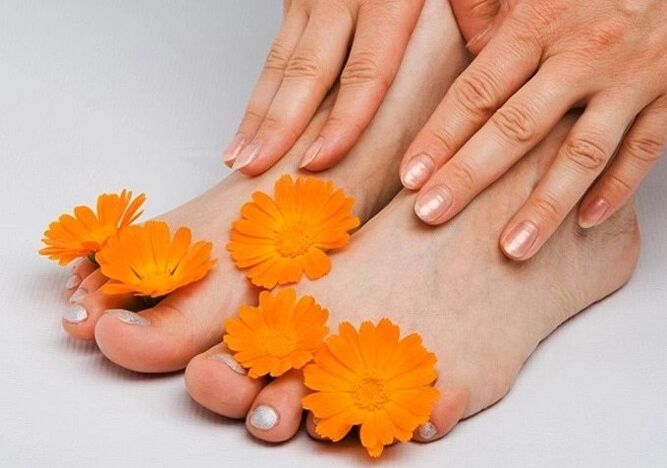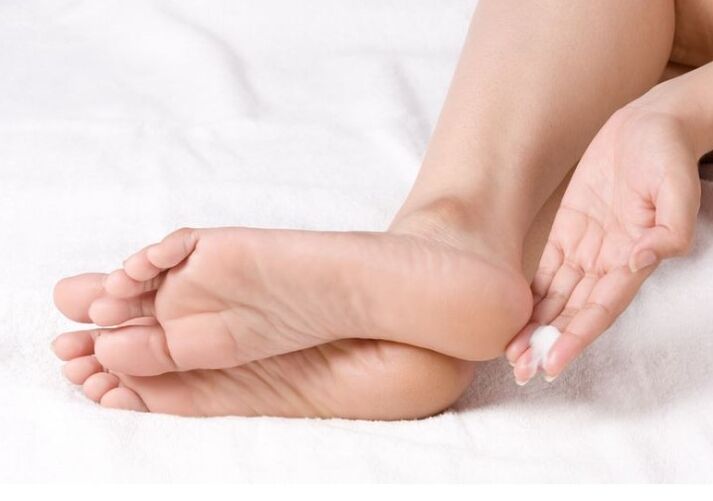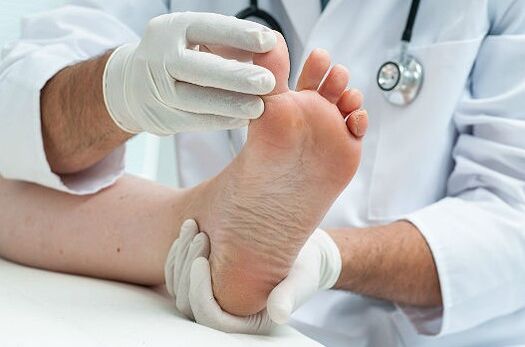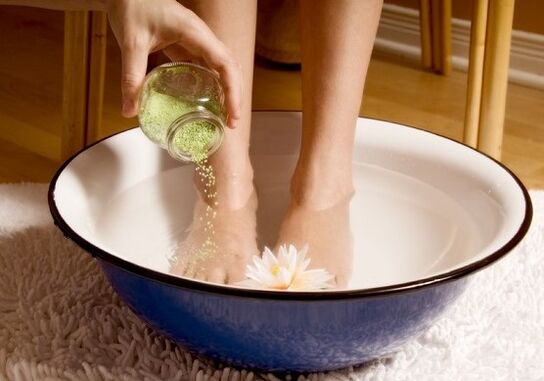Fungal lesions of the skin and nails are the most common dermatological diseases, according to the statistics of the World Health Association. They deliver much of the inconvenience to a person by darkening their lives to the household, breaking the usual Biorhith. The treatment of fungi is long and expensive. Therefore, the more early diagnosis is done, the faster you can start treatment, preventing the development of complications.
The fungus of the skin of the feet and nails is an infectious disease that affects the upper layer of the epidermis of the legs and nails of the toes. Onychomycosis (medical name for pathology) occurs due to skin lesions such types of microorganisms as mildew, yeast, candida mushrooms, dermatomycetes, dermatophytes. Groups of data from microorganisms are able to live and multiply on the human body, gradually affecting healthy cells. Most often, the fungus is found in men as their microflora is more suitable for the development of fungal infections.
There are about 50 different types of fungi in the medical classification. Approximately 85% of fungal lesions are caused by dermatomyceants. Mushroom -type candida becomes a cause of the disease, about 10% - 12% of cases. The remaining small percentages fall on the microorganisms of mycotic molds, which are actively multiplied by a mismatch with the rules of personal hygiene.
The intensity of the spread and the degree of progression of fungal diseases depends on many factors: climate that promotes the reproduction of this type of bacteria; social conditions of human residence; age criterion; individual body characteristics; Immunity. Most often, people are facing fungi, after 50 years, as their level is much worse and is not able to suppress this type of microorganisms.
The penetration of mycotic organisms into the skin leads to the development of a fungal infection. Due to the presence of proteolytic enzymes, fungi easily penetrate into the surface tissues of the epidermis, and the protein structure allows them to actively develop and hold in their place.
The body's immune system is able to independently suppress the pathogenic environment, but sometimes it is not enough. The surface of the skin contains special bacteria that maintain the balance of the acid base. The alkaline environment is unfavorable for the development of fungal infections, so a mycelium that falls on healthy skin dies after a while. But there are a number of factors that allow the fungus to get used to the skin: 
The penetration of the fungus into the toes of the toes happens as follows:
There are people who often visit public places: sports clubs, public showers, swimming pools, beaches with water bodies, saunas or baths. In addition, people who acquire already worn shoes and clothes or change them with friends or acquaintances are at risk. 
The symptoms and course of the disease depend primarily on the type of microorganisms that provoked the disease. Another factor is the age of the older person, the more pronounced the symptoms will be, and the process of skin and nail damage is significantly accelerated.
Despite the individual course of the disease, in terms of the type of bacteria and characteristics of the body, there are common symptoms through which you can recognize a fungal infection:
In the course of the development of the disease, one experiences a little pain and itching, a desire to scratch under a nail. In addition, for the fungus of the skin, a characteristic unpleasant acidic odor, which is very tangible in a tight, closed space.
The treatment of skin and nails is significantly different. Therefore, the presence of both types of fungi involves complex therapy. For the treatment of skin fungi, ointments, gels or creams are most commonly used:
For the treatment of more severe forms of fungal infections caused by mycetic mold, use medicines to take inside. The essence of this treatment is based on two principles:
Before you begin treatment, you should go through all the necessary medical tests and determine the type of microorganisms that cause the fungi. Only on the basis of these data will the doctor be able to prescribe effective treatment.
As mentioned earlier, the formation of a fungus on the skin of the legs and toenails is associated with the fall of the natural level of the alkaline balance PH5. 5. Alkaline balance prevents the development of pathogenic microflora. Therefore, the treatment of fungi with folk remedies aimed exactly at increasing the balance of the acid-base balance of the skin. Effective home methods to combat fungi at home can be attributed to the following:
Such procedures will serve as an excellent prevention of fungi for people who lead an active lifestyle, visit sports complexes, pools. For preventive purposes, one procedure per week is sufficient. For the treatment of simple forms of fungal infection, therapy is performed daily for one week. Even if such methods do not help eliminate the fungus, they will be able to slow the development of pathogenic microorganisms when your visit to the dermatologist.
























